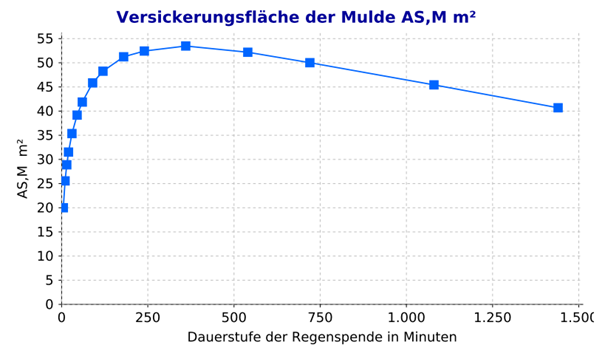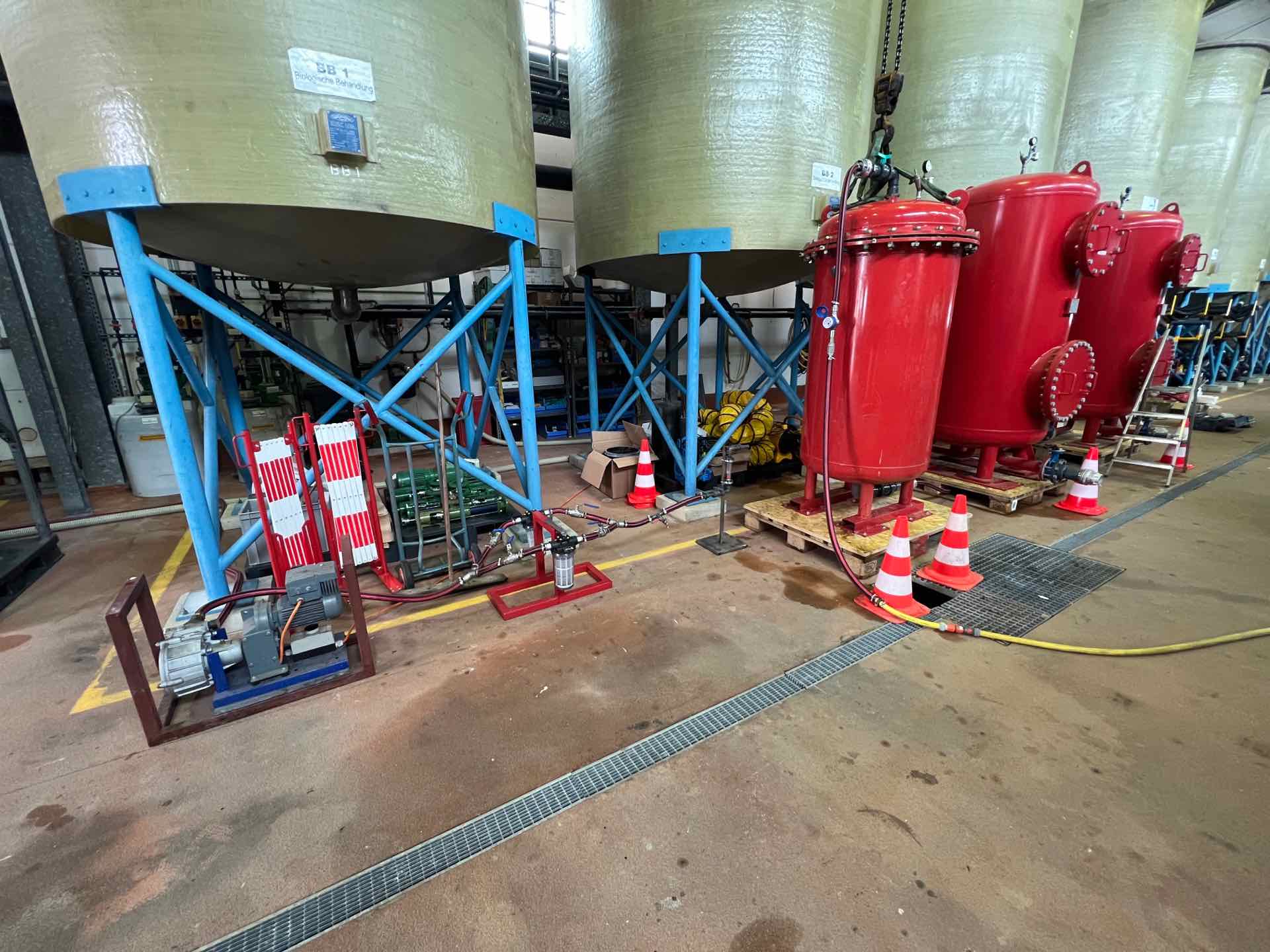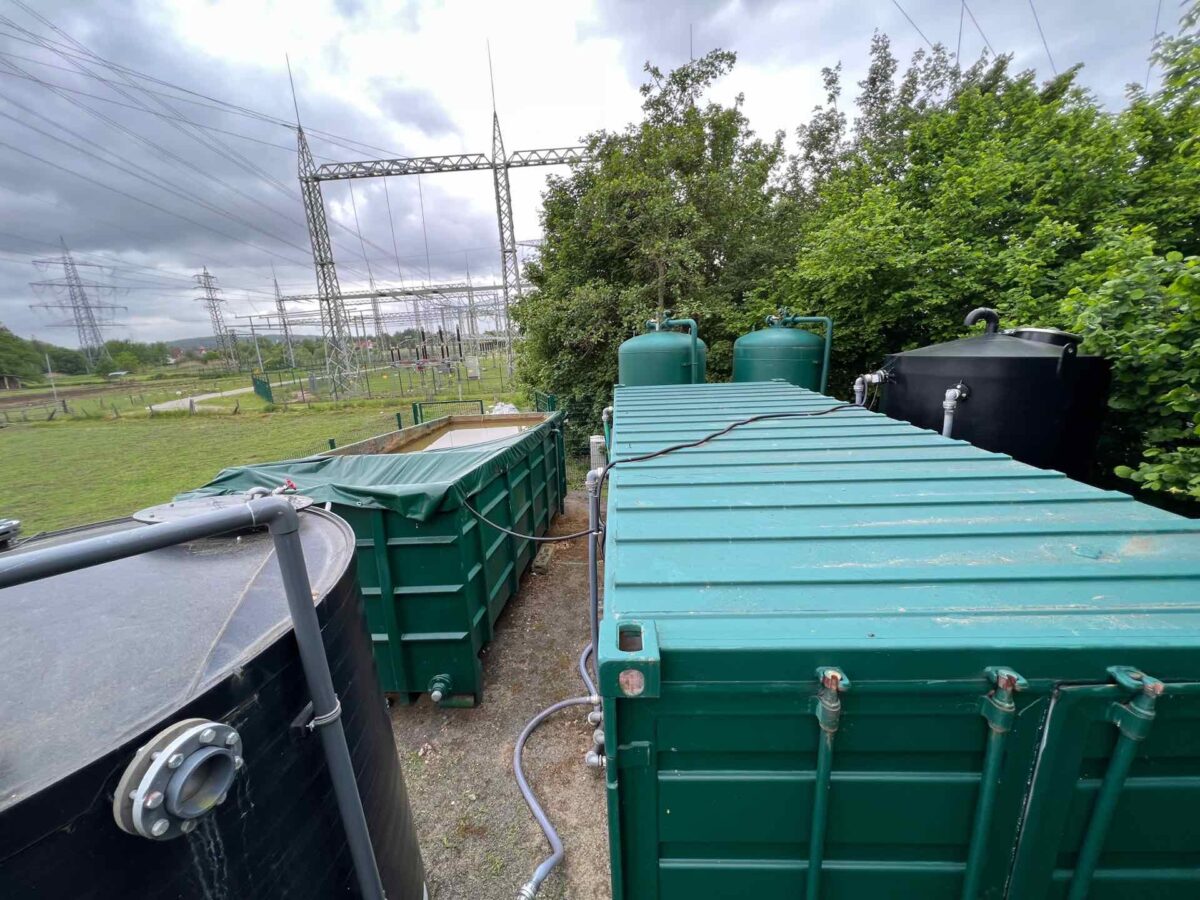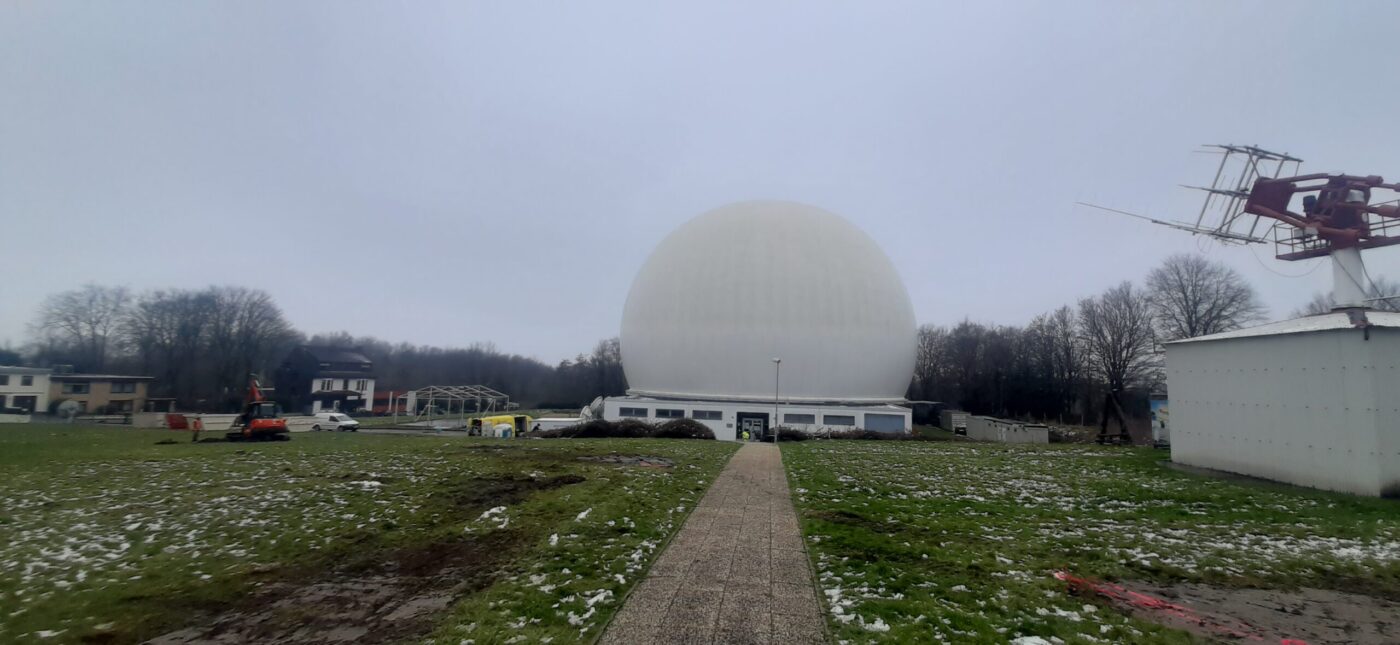

Our drilling and exploratory team and the surveyors involved in the project often have to work in unusual locations. But one project this year was quite special, especially because of a rather adventurous journey to and from the site for equipment and personnel.
The announcement that the municipality of Heligoland had commissioned a ground investigation on Germany's only high seas island at short notice caused quite a stir, and all of the emergency services involved declared themselves ready for the supposed adventure. However, the mission was to take place during the winter months and a lot of organisational work was required first.
As no motor vehicles are permitted on Heligoland and there are therefore no car ferries, it first had to be clarified how the drilling equipment could be transported to the site and back to the mainland together with the sample material. This was only possible by shipping the drilling vehicle, a VW bus, on the only regular weekly Helgoland freight liner service operated by Karl Meyer Reederei GmbH & Co. KG as "freight". After clarifying the shipping conditions and obtaining an exemption from the traffic ban on the island, the drilling date has now been scheduled for 1 and 2 February.
As the handover to the freight company had to be completed by Monday morning, the journey from Hanover towards Wischhafen had to be made on Sunday evening. Once the vehicle had been handed over, the drilling team then had to travel by plane from Cuxhaven to Helgoland and pick up their drilling vehicle there the next morning.
That was the plan ... but things usually turn out differently than you think. First the departure times were postponed at short notice due to coronavirus, then the afternoon flights were cancelled completely and the employees had to switch to the Cuxhaven - Helgoland boat connection. And that had consequences: Due to the stormy lows that had passed through shortly before, the ship crossing was possible, but so "rocky" that everyone involved got seasick. Fortunately, there was another overnight stay before the drilling rig could be picked up the next morning and work could begin. In the best weather, of course.
The actual drilling work took place at a total of two public sites - one in the Oberland and one in the Unterland - and was completed as planned in 1 ½ days. There was even the opportunity for a short "touristic" round in the Oberland with a detour to the Vogelfelsen and the Lange Anna, the actual landmark of Heligoland.




The return journey was then made by ship again, but at least for the staff it was much quieter and, as they had been warned in advance, with the use of travel tablets. Only the VW bus suffered a rear-view mirror during loading back onto the mainland and after this was repaired and the vehicle and its contents were released by customs, everything was finally picked up again on Tuesday of the following week, the soil samples were taken to the laboratory and finally a subsoil report was written.
Overall, the effort involved was significantly higher than normal drilling operations, but Heligoland is no different and was very satisfied with the result.
1TP5Geology 1TP5Soil #whatwedo #mupgroup #engineeringforabettertomorrow







